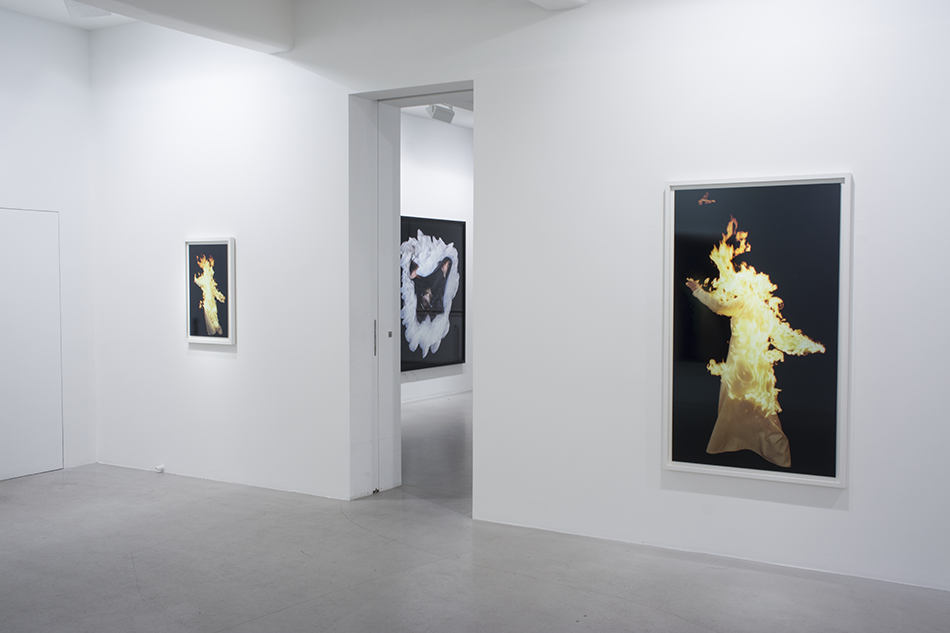Charlotte Gyllenhammar2
Night
Other Exhibitions:
LARSEN WARNER
CHRISTIAN LARSEN is a contemporary art gallery in Stockholm with an extensive international exhibition program. We represent established, mid-career and emerging Scandinavian and international artists. The gallery is committed to nourishing the careers of represented artists, while introducing to the general public other significant international artists who have rarely, if ever, exhibited in Sweden.










